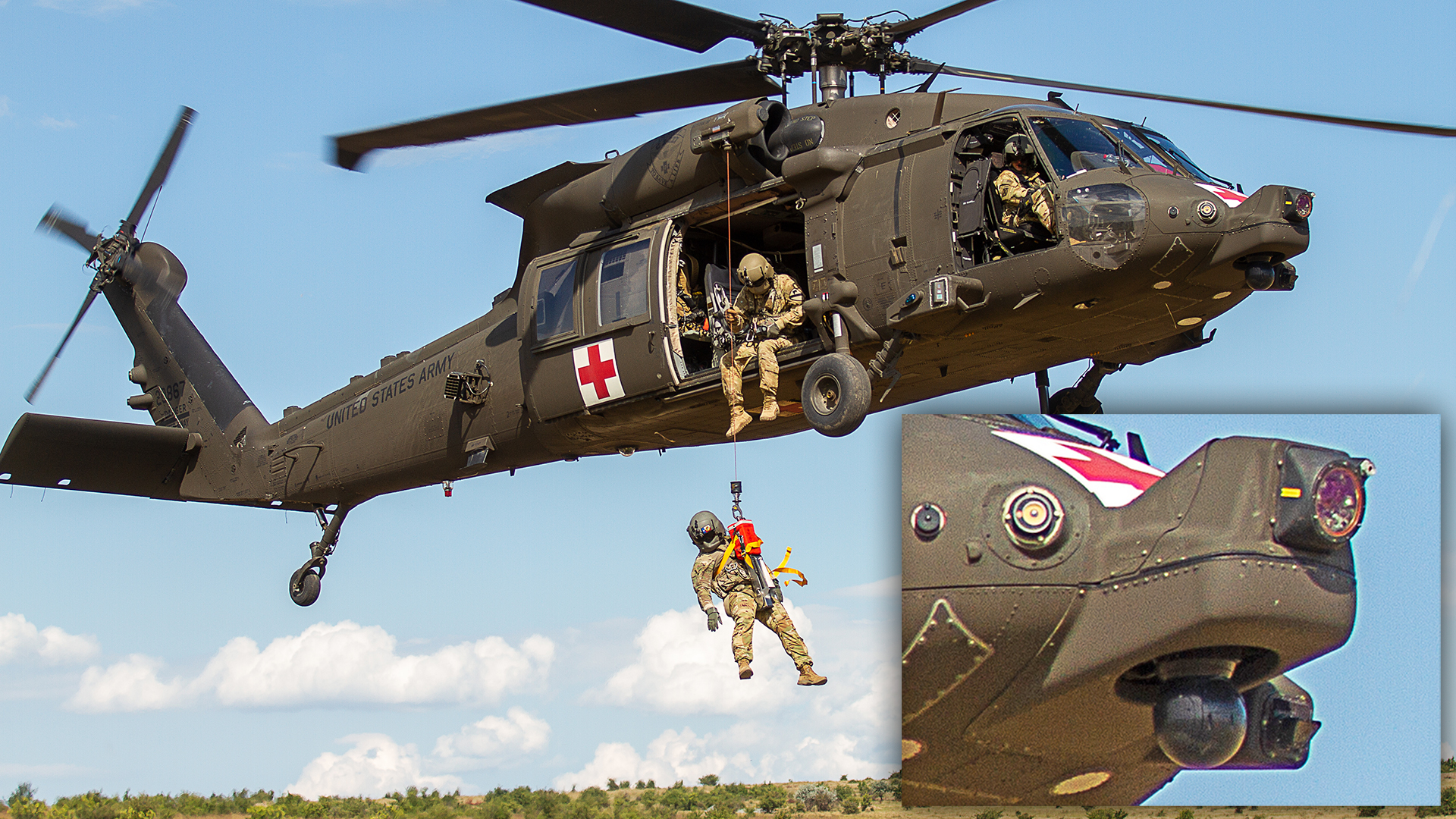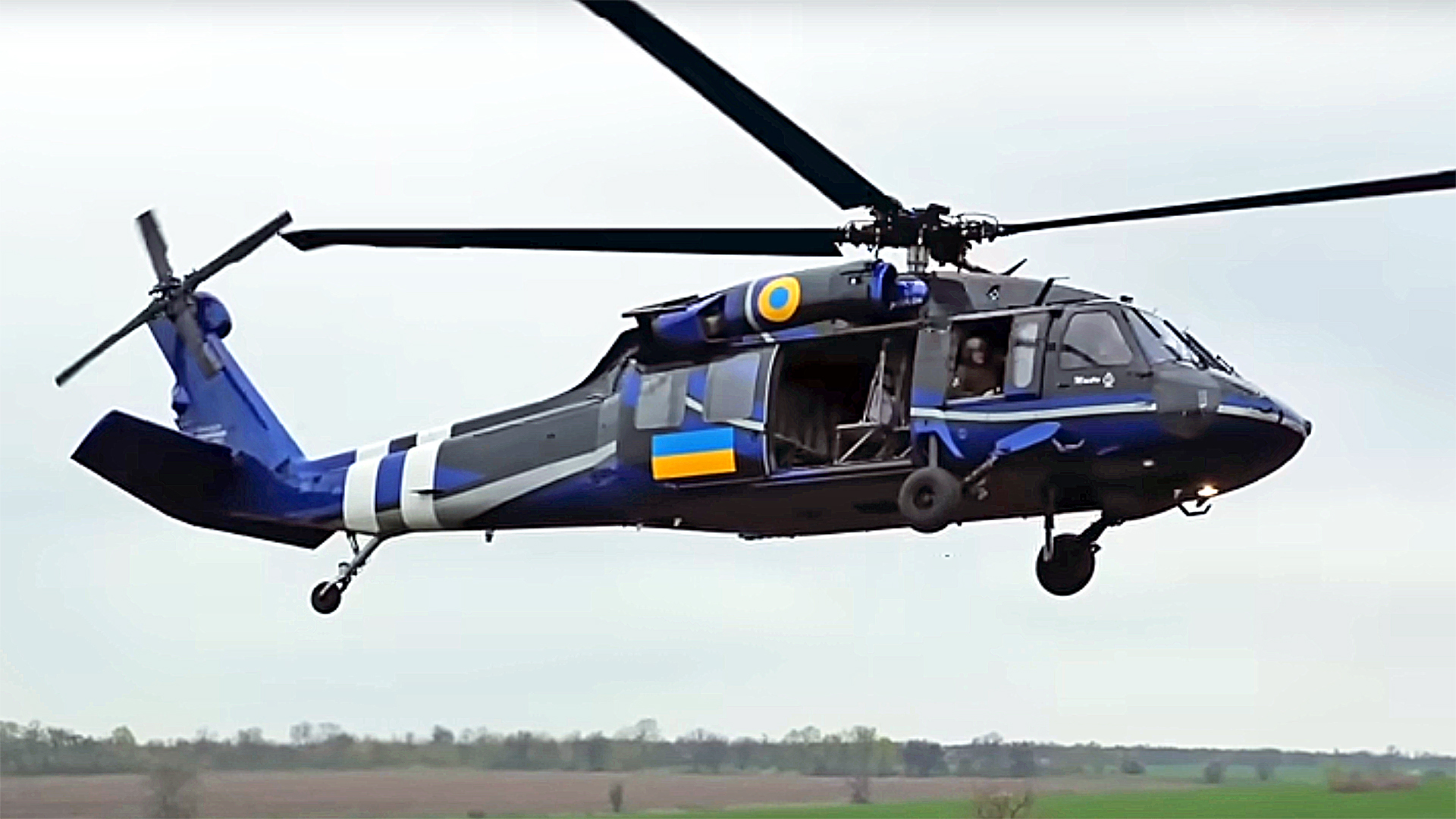Discovering the Background and Evolution of the UH 60 Helicopter

Beginnings of the UH-60
The beginnings of the UH-60 helicopter can be traced back to the late 1960s, a duration noted by the requirement for a versatile utility airplane that might adjust to the evolving demands of modern-day war. The united state Military acknowledged the necessity for a replacement for the older UH-1 Iroquois, which was coming to be significantly inadequate for the intricacies of modern battle scenarios. In 1967, the Army initiated the Energy Tactical Transportation Aircraft System (UTTAS) program, which looked for to establish a multi-role helicopter qualified of different goals, including troop transport, medical discharge, and logistical assistance.
The UH-60 Black Hawk was presented, showcasing ingenious style elements and progressed innovation that established it apart from its precursors. The UH-60 swiftly got recognition for its robust efficiency, dependability, and versatility, leading the method for its considerable usage in armed forces operations and solidifying its status as a keystone of United state Military aviation.
Trick Layout Attributes
Cutting-edge layout attributes of the UH-60 Black Hawk considerably add to its functional effectiveness. Among one of the most significant facets is its twin-engine setup, which improves integrity and gives a greater power-to-weight ratio, enabling the helicopter to do under different problems. The aircraft's four-blade main rotor system uses boosted lift and maneuverability, important for tactical goals.

Additionally, the cockpit is developed for optimum visibility and comfort designs, including sophisticated avionics that enhance pilot operations. The modular style of the UH-60 enables for very easy maintenance and versatility, making it suitable for numerous mission profiles, from army transport to medevac operations. These vital layout features guarantee that the UH-60 Black Hawk continues to be a dependable and functional property in army air travel, efficient in fulfilling the demands of modern warfare.
Technical Developments
Current technological improvements in the UH-60 Black Hawk have actually substantially improved its operational capacities and convenience. The assimilation of advanced avionics, such as digital trip control systems and improved situational recognition display screens, permits pilots to operate with enhanced accuracy and effectiveness. These systems facilitate improved navigating, interaction, and information sharing, making it possible for the helicopter to work effectively in diverse atmospheres.
Furthermore, the intro of composite products has reduced the total weight of the aircraft while preserving architectural stability. This decrease enhances fuel performance and extends functional array. The unification of advanced rotor technology, including the use of four-blade, fully verbalized rotor systems, has boosted lift performance and ability to move, permitting much better handling in different trip problems.

Additionally, innovations in propulsion systems, such as the T700-GE-701D engines, have actually increased power output and dependability - uh 60. These engines add to remarkable efficiency in hot-weather and high-altitude conditions
Lastly, the integration of self-defense systems and improved sensing unit packages improves the Black Hawk's survivability and mission efficiency. Collectively, these technological enhancements guarantee that the UH-60 Black Hawk continues to be a vital Full Report possession in modern air travel, with the ability of adapting to the progressing needs of humanitarian and army objectives.
Duty in Armed Force Procedures
As the backbone of U.S. Army aviation, the UH-60 helicopter plays an essential function in various military procedures, working as a functional system for fight support, transportation, and medevac objectives - uh 60. Its layout incorporates the capability to operate in diverse environments, making it vital for troop activity and logistical support in both conventional and unconventional warfare

In clinical evacuation useful source circumstances, the UH-60 has verified vital, substantially decreasing the moment to transport injured soldiers from the combat zone to medical facilities. Its advanced avionics and evening vision capabilities further guarantee mission success under tough conditions. Overall, the UH-60 helicopter stays a vital possession, continuously adapting to fulfill the progressing demands of armed forces operations and enhancing the performance of united state forces worldwide.
Future of the UH-60
Looking ahead, the future of the UH-60 helicopter involves considerable developments in modern technology and abilities designed to boost its operational performance. As army procedures progress, the UH-60 is anticipated to integrate cutting-edge innovations, including boosted avionics, boosted weapons systems, and progressed communication devices. These enhancements will certainly permit better situational recognition and goal flexibility, making sure that the UH-60 continues to be a crucial possession on the battleground.
One remarkable development is the assimilation of fly-by-wire systems, which will boost trip control precision and minimize pilot workload. Efforts to update the airframe and engines aim to increase rate, haul, and range capacity, thereby expanding the helicopter's functional scope.
The future additionally holds guarantee for increased interoperability with unmanned aerial systems (UAS), making it possible for collaborated objectives that leverage both manned and unmanned capacities. In addition, the unification of expert system and machine understanding can enhance flight dynamics and upkeep processes, leading to reduced functional prices.
Conclusion
The UH-60 Black Hawk helicopter represents a considerable accomplishment in military aeronautics, evolving from the united state Army's initial needs for a versatile energy airplane. Its cutting-edge style features and constant like it technical developments have ensured its relevance in various armed forces operations over the years. As the demands of modern-day warfare change, the future of the UH-60 will likely include more improvements and adaptations, enhancing its status as an important asset for armed pressures worldwide.
The UH-60 Black Hawk helicopter stands for a substantial turning point in military air travel, emerging from the U.S. Military's quest for an extra trustworthy and flexible energy airplane in the late 20th century.The origins of the UH-60 helicopter can be mapped back to the late 1960s, a period noted by the need for a flexible utility aircraft that can adjust to the evolving needs of contemporary warfare. On the whole, the UH-60 helicopter continues to be an important property, constantly adapting to fulfill the progressing needs of armed forces procedures and boosting the performance of U.S. forces worldwide.
Looking in advance, the future of the UH-60 helicopter entails substantial improvements in modern technology and capabilities made to improve its functional efficiency.The UH-60 Black Hawk helicopter stands for a significant accomplishment in armed forces air travel, evolving from the U.S. Army's first requirements for a functional utility airplane.